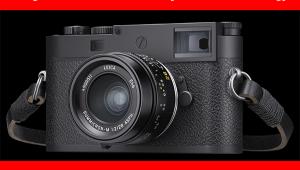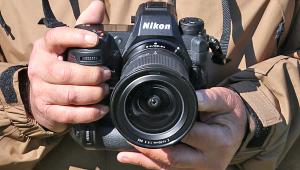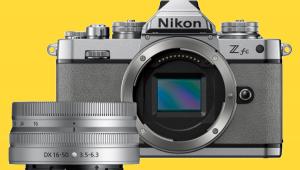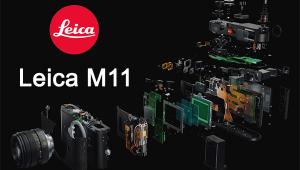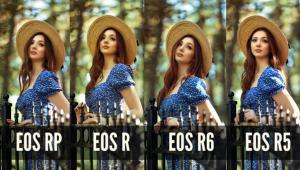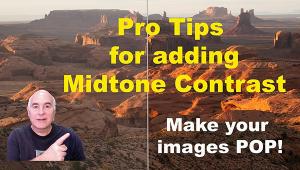Panasonic’s Lumix G2; Micro Four Thirds Compact System Camera Page 2
The JPEGs, according to the lab, have a slight softness, which is caused by a discreet sharpness filtering. By using Raw mode and tweaking sharpness in the converter software, a sharper and crisper look results. Overall, the camera yielded very smooth and natural-looking skin tones. The camera offers clean and smooth images even in higher ISO speed settings up to ISO 1600. Only when pushed to the max (ISO 3200 and ISO 6400) will the luminance noise artifacts be noticeable. To reduce color noise the camera uses an intelligent filtering system, which reduces noise artifacts very efficiently.
 |
|
|
 |
|
|
In Hand
The experience with the G2 is in large part defined by how you relate to the touchscreen monitor interface. Though the camera does offer an eyepiece finder it is of the EVF variety and suffers from all the problems inherent to that viewing mode in sunlight. With sunglasses on all I could do was approximate what the subject and scene were through the EVF, so I had to rely on the monitor with its much superior viewing experience. I have never been a fan of EVF viewing and this camera does not convince me otherwise. Luckily the LCD monitor view is excellent.
Using the touchscreen you can define the image area on which you want to focus, something that Panasonic calls “touch auto focus” and that has the same function of setting focus points in a D-SLR. You can also set follow focus by first touching the screen where the subject is located and then have the camera follow it for you. The touchscreen also offers some nice features in review mode. You can zoom into the image by pressing on the screen or you can scroll through all the images by swiping on the screen—just like the gesture control on Apple’s iPhone.
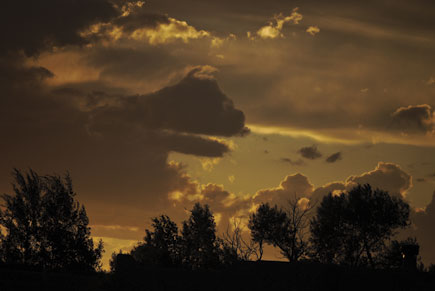 |
|
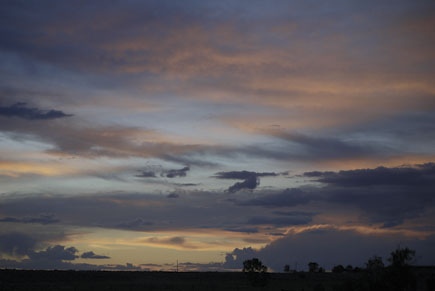 |
|
|
While the quick menu and touchscreen features make this very much a monitor interface camera, there are numerous functions that can be set via dials and buttons on the camera body itself. You can, for example, change between Single Shot mode, Burst mode, self-timer function, and, to me, the most significant, Auto-Bracketing mode with a turn dial. The last in the list will make this camera very attractive to HDR fans, as you can auto bracket up to seven exposures in various steps, an unheard of range in a camera like this. There’s an exposure lock button on the back of the camera that works very well.
One thing I did find bothersome were the teeny buttons used to set Flash modes, etc., and for playback review on the four-way control on the camera back. My hands are fairly large and I sometimes had to be a bit more finicky than I’d like to get the buttons to work. Also, the “iA” button (intelligent Auto) is placed atop the camera right next to the on/off and shutter release button, making it quite easy to activate by accident. I for one did not want this activated because it eliminated any personal control over key image effect functions and ISO control. It’s full auto, with smarts, but nevertheless it’s not my choice of how to work with any camera. My advice would be to move it to the back of the camera.
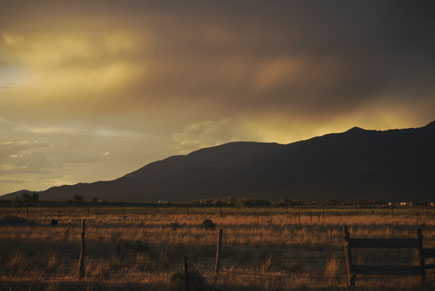 |
|
|
For motion picture fans the camera offers HD videos in Panasonic’s “AVCHD Lite” format. This format combines 1280x720 pixel resolution with the AVCHD compression (H.264 compression), which is normally used for Full-HD videos (1920x1080 pixels). Using the top-mounted video shutter release button allows you to take videos without changing the current image mode. There’s easy touchscreen controls for various video formats so video is easy and natural with the G2. Results made on the shaky train ride were impressive, and I have to say that the small number of video clips I made were of excellent quality.
There are many other options and controls on the camera, and you can choose artsy filters, many image and color effects, and have very good control over depth of field and shutter speed image effects. The light weight of the body and lenses makes this a very handy camera for travel. I got to work with the Chinese-made 14-42mm f/3.5-5.6 Aspherical and the
Japanese-manufactured 45-200mm f/4-5.6 (double the focal length stated for the 35mm angle of view equivalent), both with Mega OIS, and was very satisfied with crispness, image quality, and lack of vignetting in both.
 |
|
|
Cameras like the Panasonic G2 pose an interesting alternative to those who do not want to carry around a full-fledged D-SLR body and lenses, with the emphasis here on light weight and portability. The system sits between the point-and-shoot and D-SLR worlds, with the bells and whistles of very advanced point-and-shoots and the lens interchangeability of D-SLRs, with very good quality video to boot. I was very impressed with the image stabilization system and metering options. I was less than impressed with the small buttons and possible accidental activation of unwanted functions. And for me, the jury is still out on the whole touchscreen thing; it was interesting and fun but I am a bit concerned about the long-term effects of continually prodding and jabbing the monitor.
For more information, contact Panasonic Corporation of North America at: www.panasonic.com.
- Log in or register to post comments




